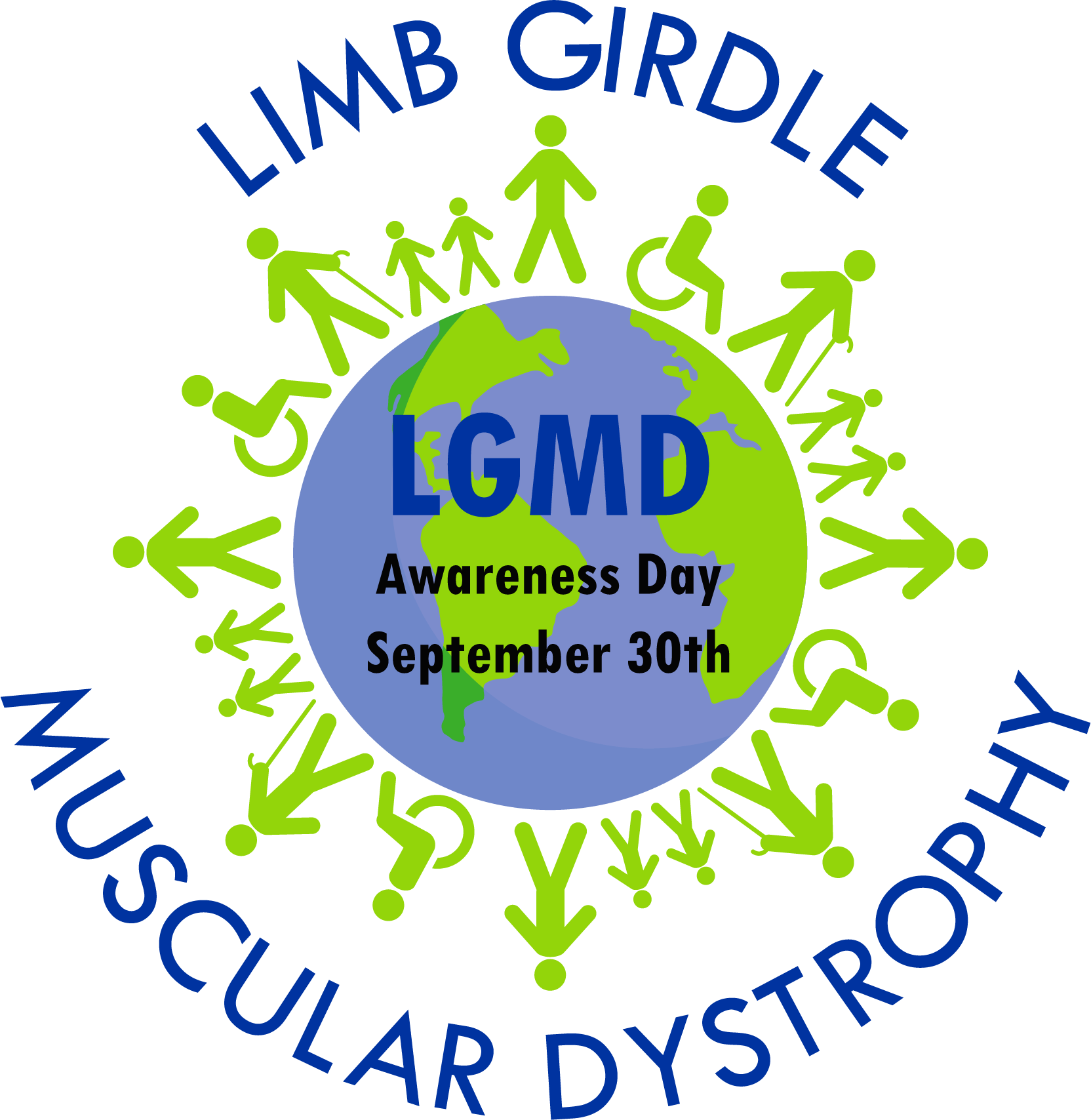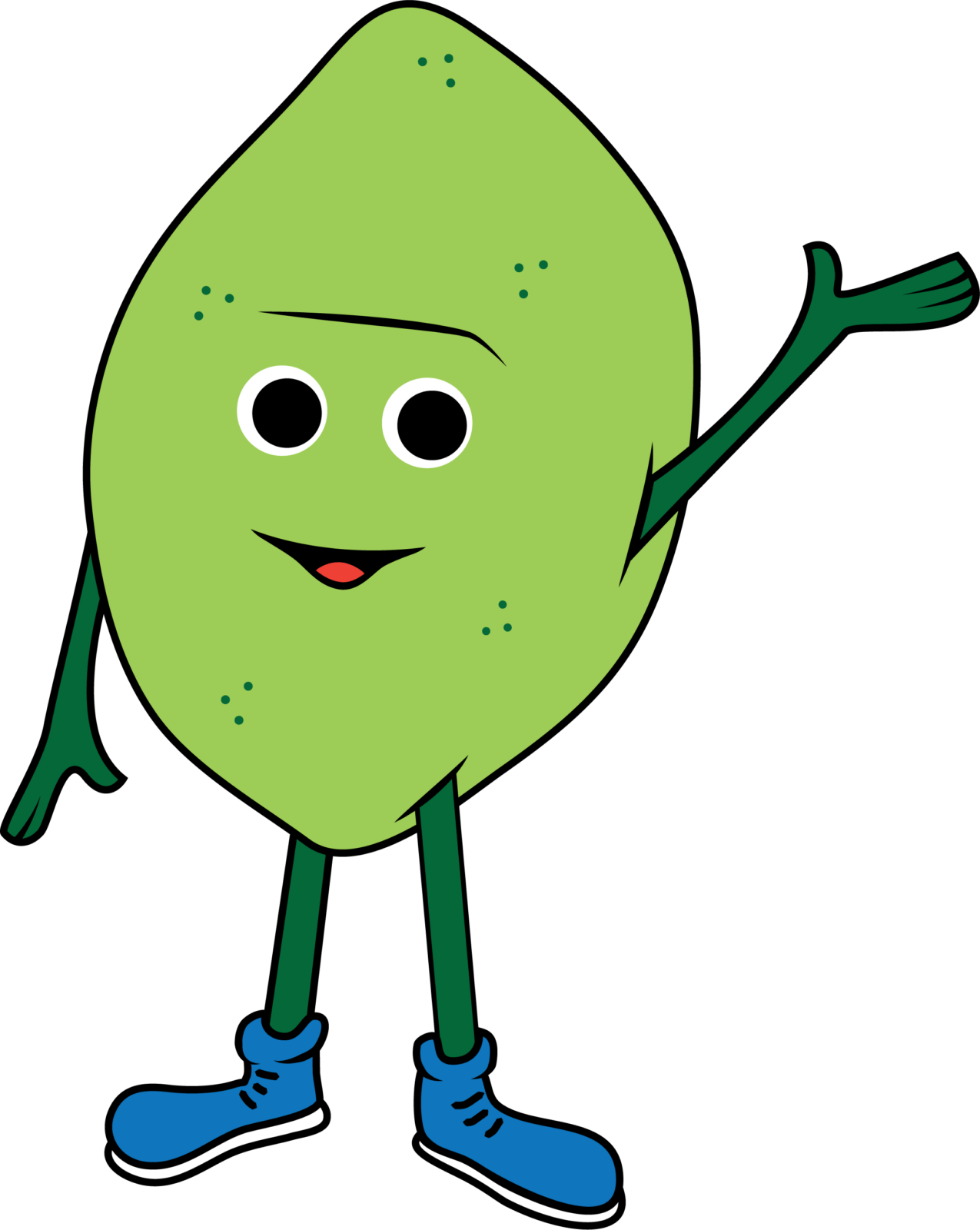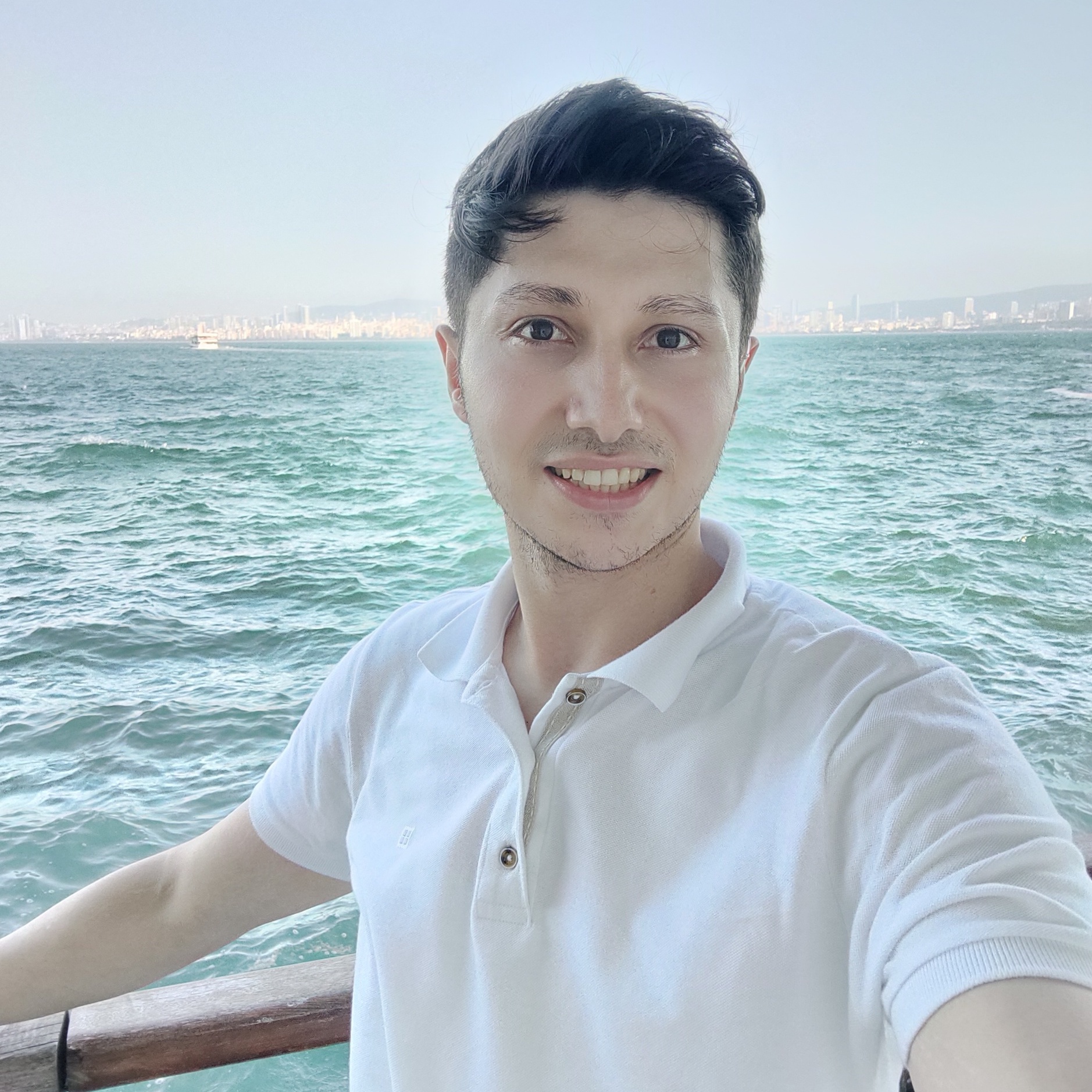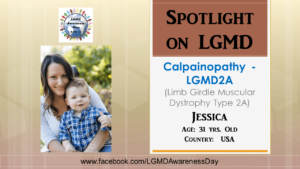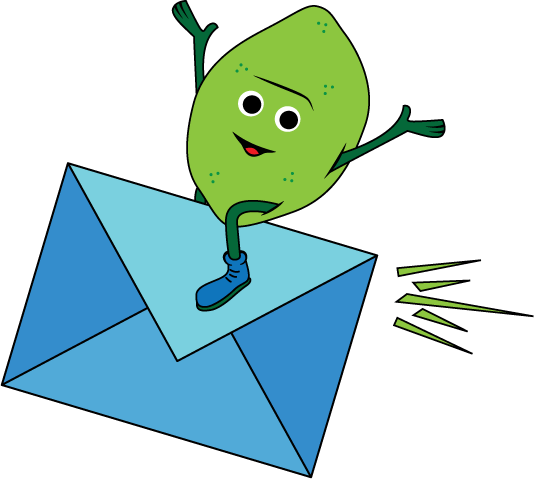INDIVIDUAL WITH LGMD: Jessica
01/18/2015:
AGE: 31
COUNTRY: United States
LGMD Sub-Type: LGMD2A / Calpainopathy
AT WHAT AGE WERE YOU DIAGNOSED:
I was diagnosed with Limb Girdle Muscular Dystrophy at the age of 12, but I was not sub-typed with 2A until around age 25.
WHAT WERE YOUR FIRST SYMPTOMS:
I exhibited some toe-walking from my very first steps, but my parents were told that I would outgrow it. It became harder to stand and walk flat over time, but I did not exhibit any other symptoms until around age 8 when I began to have some difficulty walking up stairs, running and doing activity in gym class, and getting up off of the floor.
DO YOU HAVE OTHER FAMILY MEMBERS WHO HAVE LGMD:
No, I am the only person in my family known to live with a form of Muscular Dystrophy.
WHAT DO YOU FIND TO BE THE GREATEST CHALLENGES IN LIVING WITH LGMD:
I am thankful that there are many aspects of living with LGMD that, by the grace of God, I have come to accept and adjust to over time, but one aspect that I still struggle with is the desire for greater independence and the extent to which I must rely upon others for help and to accomplish normal everyday tasks. The desire and inability to accomplish tasks is like having an itch that you can’t scratch. It often requires a great deal of patience, which I tend to struggle with. To complicate things, add in to the mix the guilt that one can sometimes feel. There is both the reality of one’s own constant need for help from others and the reality that those serving in a caregiving role have needs, desires, agendas and limitations of their own that I must be mindful and understanding of.
WHAT IS YOUR GREATEST ACCOMPLISHMENT:
My greatest accomplishment is the completion of my doctorate program and receiving my Psy.D. in Clinical Psychology.
HOW HAS LGMD INFLUENCED YOU INTO BECOMING THE PERSON YOU ARE TODAY:
God has used my living with MD for good, in many ways. He used it to show me my need for Him, which changed my entire life. I now have a lasting peace and joy despite my circumstances. “The weaker we feel, the harder we lean. And the harder we lean, the stronger we grow spiritually, even while our bodies waste away.” (J.I. Packer) God has shown me many other blessings through it. I have become creative in problem solving and learned to adapt to changes. It shifted my focus, as I got older, from physical activity to deepening relationships, exploring art, and working especially hard on my academics. I have made life-long friendships with so many special people who have disabilities. It also directed my educational and career pursuits towards hoping to aid others in coping with disability in healthy ways.
WHAT DO YOU WANT THE WORLD TO KNOW ABOUT LGMD: LGMD is a group of disorders primarily affecting the shoulder and pelvic girdle muscles. There are more than 20 different subtypes of LGMD that have been identified. LGMD may look different depending on various factors, including things like the specific genetic mutation(s), age of onset, rate of progression, etc. You may not even be able to tell that someone has LGMD. You may see another person and think they just walk differently or slower. Another person may need to make use of a wheelchair full time. Even two people with the same exact subtype can present entirely differently. Try not to make assumptions, especially just based on what you see. Most importantly, I want the world to know that LGMD is not a punishment or reason for pity or a reason to believe that someone’s life is any less valuable or joyful. God can and does use difficult experiences, trials, and suffering
IF YOUR LGMD COULD BE “CURED” TOMORROW, WHAT WOULD BE THE FIRST THING THAT YOU WOULD WANT TO DO: I would want to pick up my son and walk around holding him closely. I would want to dance with my husband and share in some sort of outdoorsy/sporty/exercise activity with him. I would want to run, jump, and skip…and praise God for it all!

